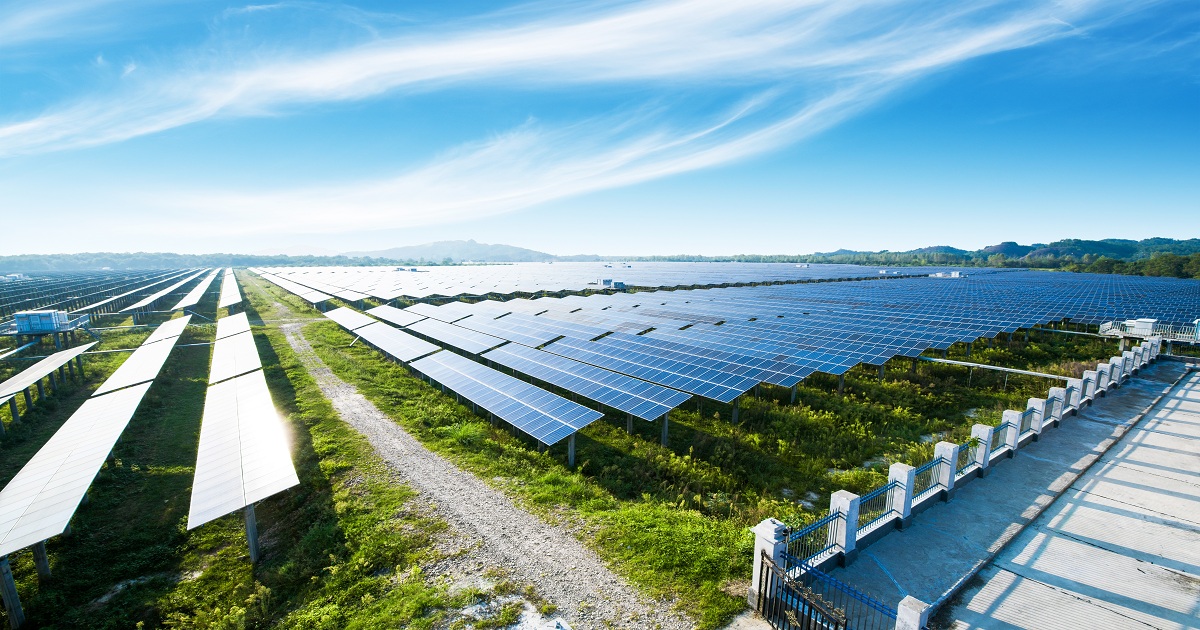Thailand’s Renewable Energy Transitions
The Diplomat Magazine | March 09, 2019

After three years of revision, Thailand recently unveiled its updated power development plan (PDP 2018–2037), which explicitly shows the country’s ambition to embrace renewable energy. PDP 2018–2037 was approved by the National Energy Policy Council on January 24 and is expected to take effect in the second quarter of 2019. Under the new PDP, Thailand’s power production capacity will have 67 percent growth from 46,090 megawatts (MW) in 2017 to 77,211 MW in 2037. The PDP sets a goal of new power capacity of 56,431 MW, of which renewable energy projects are planned to account for 20,766 MW, or about 37 percent. By 2037, the country’s power production is expected to come from natural gas (53 percent), non-fossil fuels (35 percent), and coal (12 percent). Approval of the new PDP is a critical milestone reflecting not only Thailand’s future energy strategy but also its continuous progress in transitioning to renewable energy in the past year. In 2018, Thailand made some achievements in the renewable energy sector, including adopting innovative blockchain technology as well as issuing the first green bond in the country. Though the country’s renewable energy transition is only getting off the ground, it shows the country is heading in the right direction to become a low carbon society. Also, as Thailand aims at transitioning to Thailand 4.0, a new economic model driving Thailand to become a high-income country and low carbon society, the country should keep its momentum to develop renewable energy, which is a key factor to realize the ambitious Thailand 4.0 national strategy.